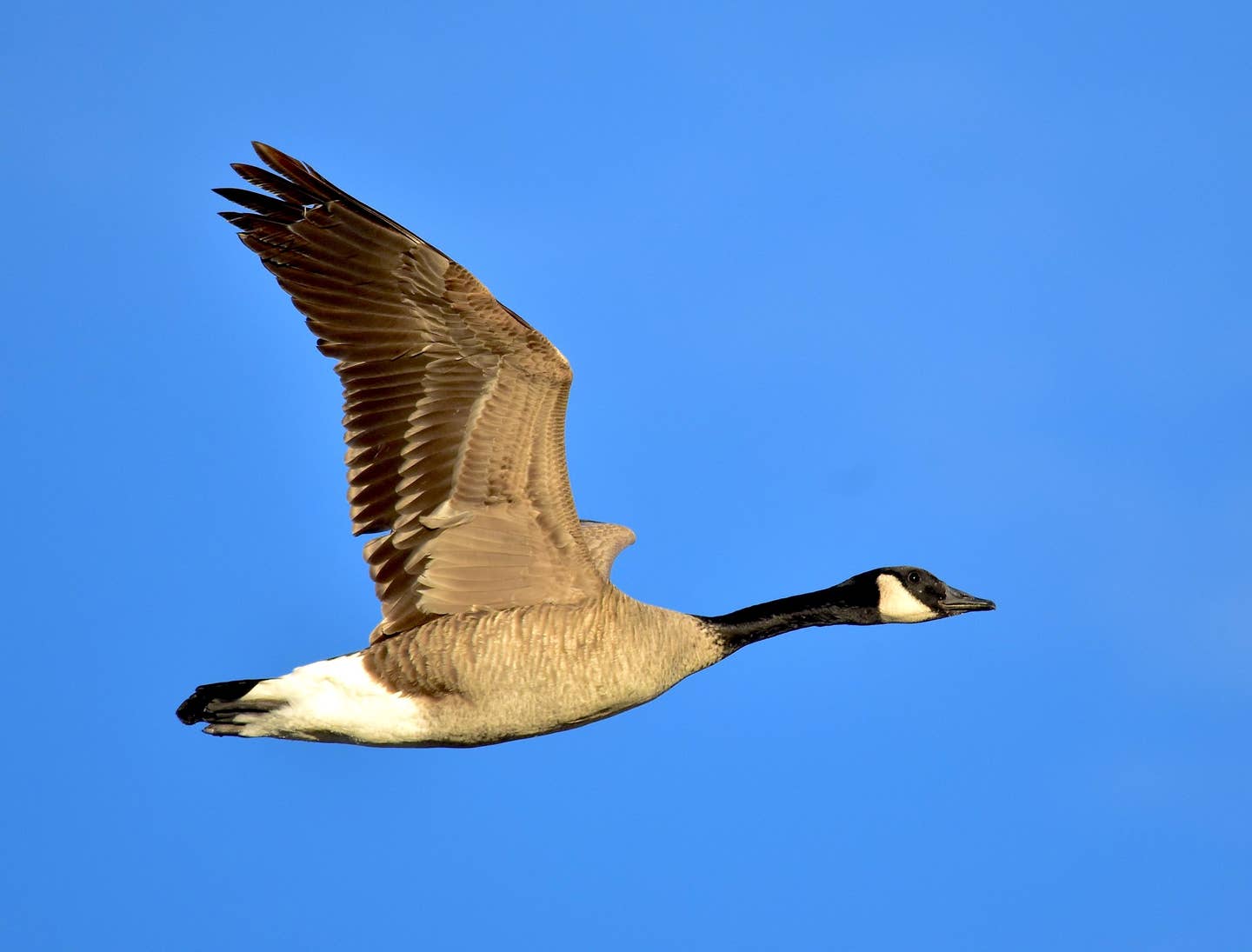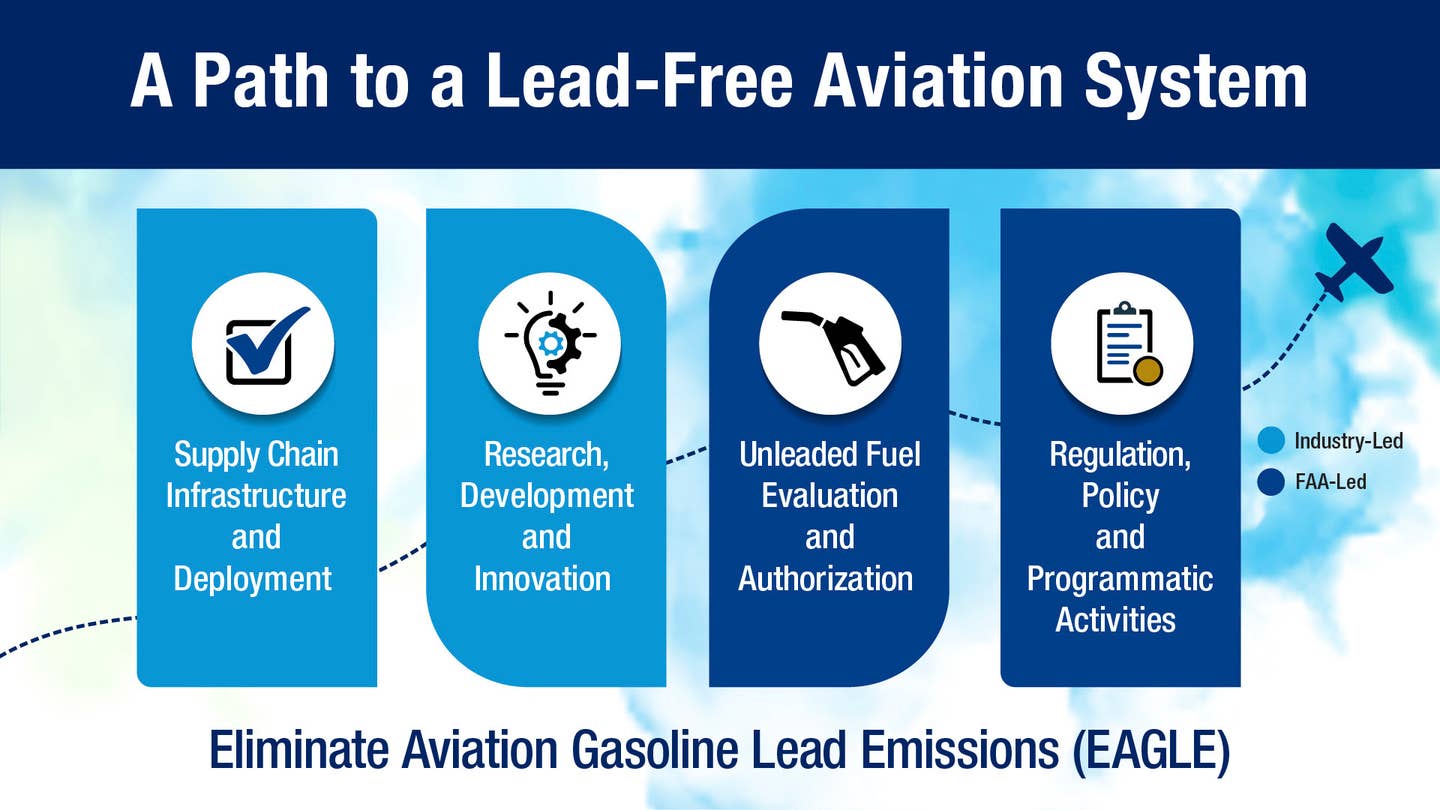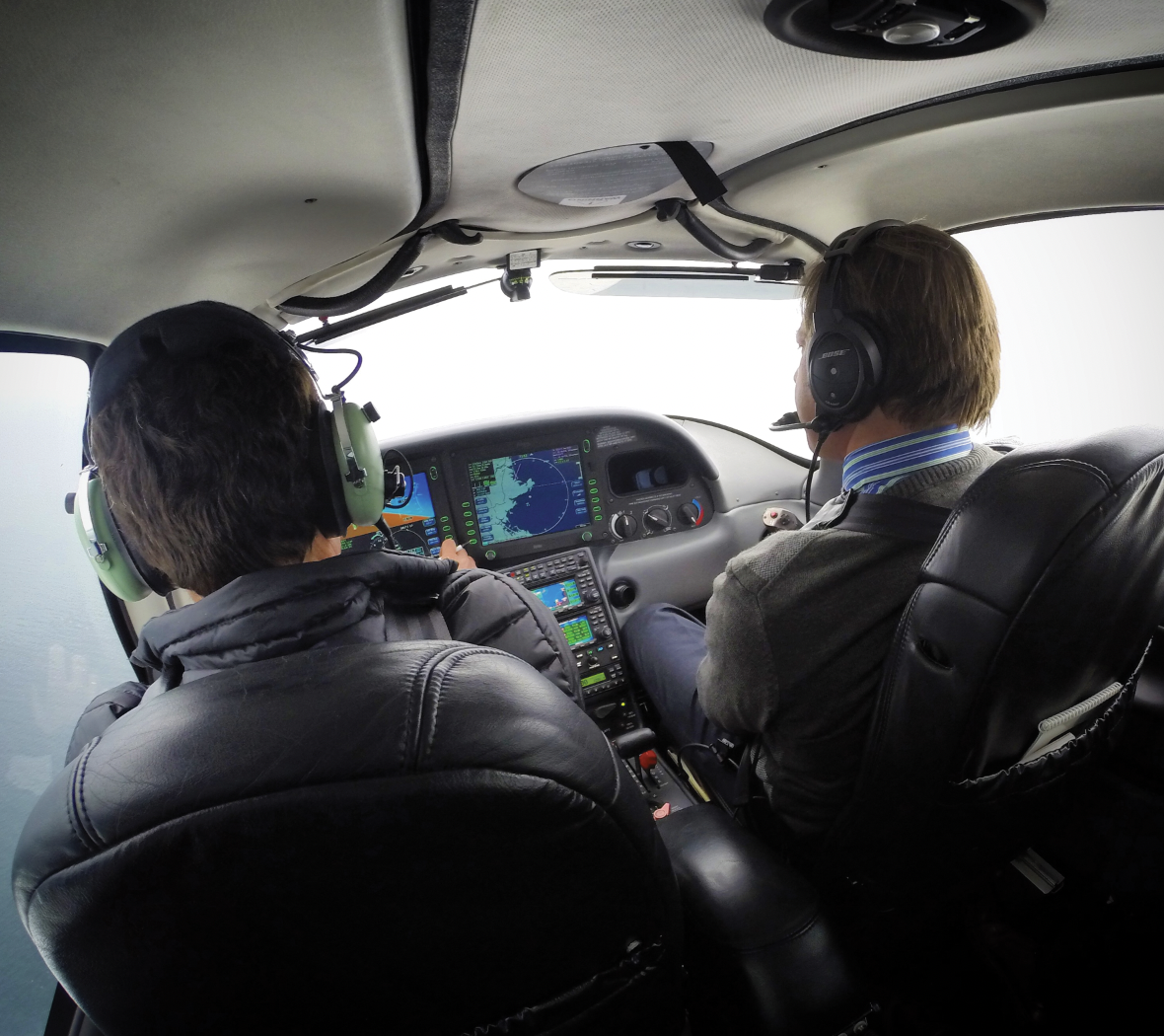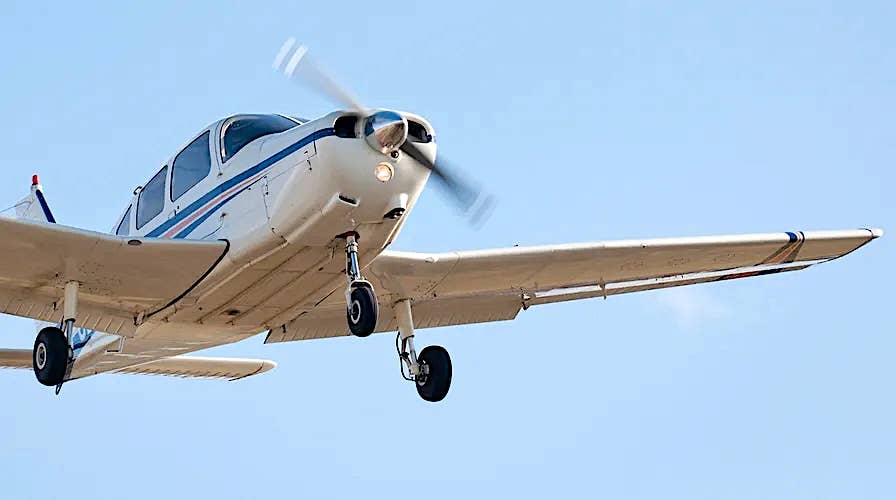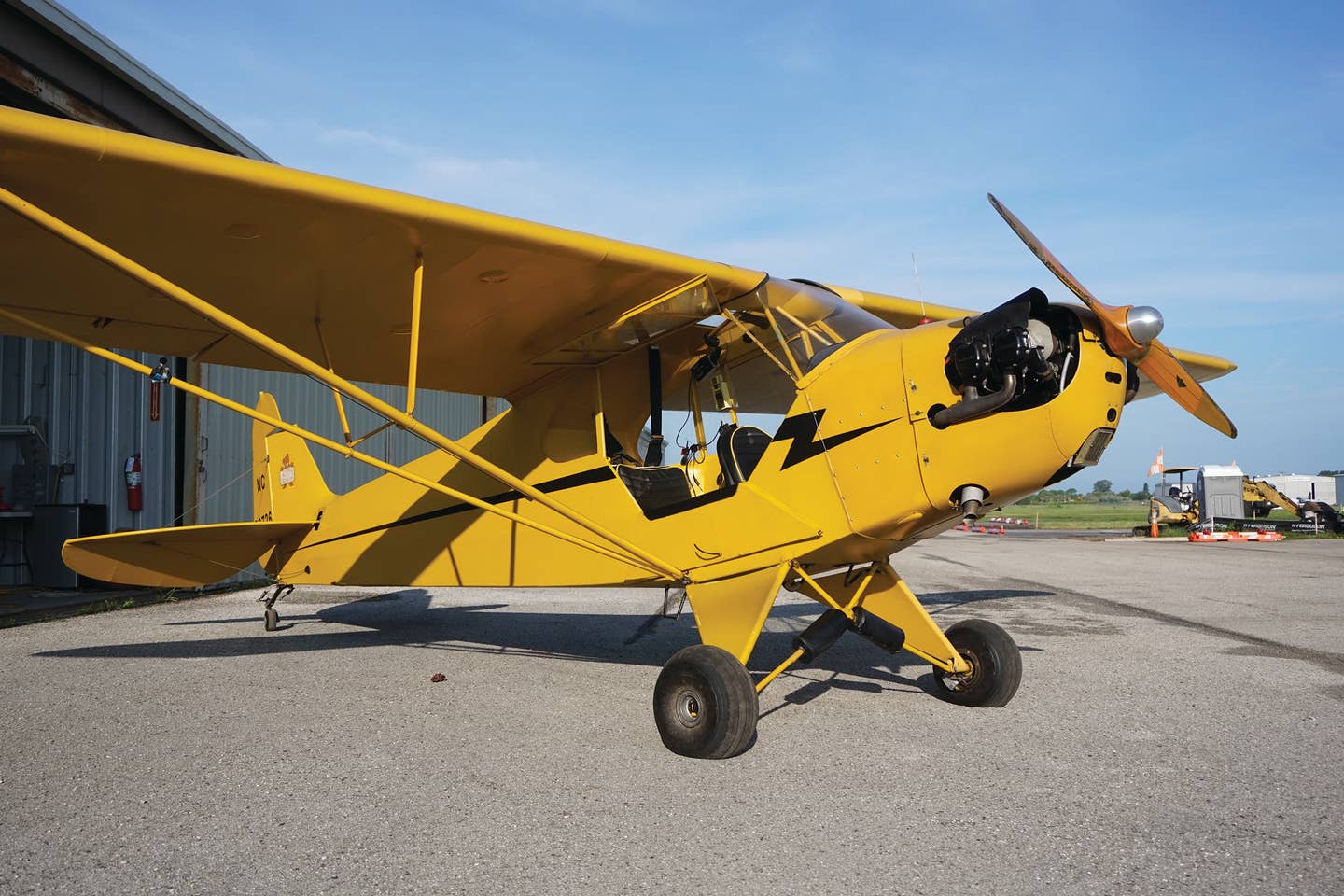
You never forget your first airplane—especially when it’s a tube-and-fabric J-3 Cub.
These days, I seem to be associated mostly with metal airplanes, RVs in particular. Just take a look at that byline down there—I have been flying my RV-8 since 2005, the RV-3 was finished late in 2011, and it doesn’t even mention the RV-6 my wife brought to the marriage. (We fly together on trips when we want to sit side-by-side). And now I have a completed SubSonex, a Tundra, and still there’s another Sonex product in the works.
So it is no mystery that people think my focus and forte is metal airplanes— and I suppose today that would be true. But I go back a ways. Long before I ever got involved with building metal airplanes, I got my “full-sized” aviation start with tube and fabric. It was balsa, dope, and paper before that, of course, just like most aviation-crazy boys. But when the tip came that a new Aviation Explorer Post was being formed at a nearby airport, I put down the Cox engines and headed for that hallowed ground “inside the fence.”
The Piper J-3 Cub is over 80 years old now. My first exposure to a couple of wrecked L-4s was back in 1972, which puts me back in the first half of the model’s lifespan. That’s a most sobering thought. As a teenager, I thought that those airplanes were pretty old, so I guess that makes me pretty old today. But ahh…the romance! Steel tube and fabric, what a treat.
I remember learning about spar varnish and little tiny nails. Rib stitching with big, long needles and the endless hours of sanding between coats of dope. And, yes, having to turn off the heaters in the hangar when that dope was sprayed—it was Minnesota in the winter, and things cooled down pretty fast! It was better than getting blown up when fumes met flame, however, so we donned our jackets and learned how to shoot with a spray gun.
Despite what I know now about so many airplane construction skills, those early days still influence my thinking. Dope and fabric equals craftsmanship in my mind. I walk through the Antiques and Classics area at AirVenture each year admiring the careful work done by the owners and maintainers of these wonderful classics. Watching the Cubs arrive en masse for the 75th anniversary reminded me of how many of these wonderful airplanes are still flying because the art of rebuilding them has not disappeared. We owe it o the future to keeping remembering—and keep teaching the next generation—to keep them flying.
I remember the first time I saw the bare wing structure of a Cub—wooden spars and skinny little aluminum ribs, held together by compression struts and tension wires, all spidery and yet somehow stiff enough to hold up to the loads of flight. My first introduction to aircraft aluminum was those leading edges, carefully bent and secured to prove a provide a smooth transition for the air molecules that would waft it away from the earth. Our first step was to get out the spar varnish and protect that beautiful Sitka Spruce one more time—yet another layer of care on top of who knows how many that had gone on before.
I loved the smells of working on those airplanes—glue and aircraft dope, an ethereal combination! Working in the winter meant that we had the shop closed up, and I am sure that we got a little high, even though the airplane was far from flying. I learned that PlioBond smelled like skunk, but we used it because that was what had always been used. No one knew what was in it, but even today it holds better on some things than anything out of a modern chemistry lab. I am not so old that we were using Grade A Cotton…no, we covered with the modern Dacron known as Ceconite, but the rest of the process was fairly traditional. Glue, shrink, dope—then sand and dope again, sand and dope again.
We trained on the tail feathers first, of course, learning the fundamentals with small pieces of fabric before graduating to the larger, more expensive cuts. I remember being surprised at how similar these real airplane parts were to the models I had built before—slabs with no real airfoil. Lift was generated the old fashioned way—with pure dynamic pressure and angle of attack—not fancy airfoils. Those would come as we started the wings. The stabilizers and elevators were where we learned to rib stitch— that wonderful chaining knot that you tie from the front to the back of the surface. I had an advantage over my compadres: I knew both how to sew and how to tie good Boy Scout knots. But, then again, this little knot was new. I could tie it in my sleep before we were done, but I might have to look it up again now.
When we got to the wings, the rib stitching took on another dimension— the thickness of the big, fat airfoil to be exact. We worked with 12-inch-long needles, and the wings were laid on short sawhorses. One guy would lie on his back on a mechanic’s creeper, the other would bend over the top. The knot locations were marked on both top and bottom with an ink pen, and the wings were well lit from above. The top man would start the needle through, the bottom man would see the shadow of the point and direct the top man forward or back to match the mark and the say “push.” (If the sawhorses were short enough, the bottom man would suddenly have a sharp point just inches from his nose—it was an exciting game!) The bottom man would pull the needle through, dragging the long string behind it until it was all through, then send it back on the other side of the rib for the top man’s direction (he could only see the little bump of the point) before pushing it through. The top man would tie the knot, and they would move on down the rib to the next mark.
Rib stitching that Cub must have taken weeks for our small group, working two hours a night, two nights a week. But when we were done, it was on to dope and sand, dope and sand. We’d go to school the next morning with hardened dope on our fingers and deep in our cuticles. That sort of set us apart from our peers, but in a strange way that only true geeks understand. It was a heady time—our friends were trying out for sports, and we felt that we were already training for life! Not all of us went into aviation beyond those years, but those of us that did began with an understanding of the rich heritage of the past. I could read stories of Charles Lindbergh fixing cactus tears in his Standard and understand just what he went through to repair them and move on. When I read of him splintering a prop in a farmer’s field, I knew just what it was like to install a new, beautifully laminated piece of art in its place. Tightening flying wires, inspecting cotter pins and castle nuts—it was all so very real.
We had a lot of help on that first Cub—adults who had learned bits and pieces of the craft from others along the way—and one or two real mechanics who would step in at critical points and make sure that we had the right instruction. Some parts of the airplane were done by magic, when we weren’t actually there. I don’t remember when it got put on its gear, for instance—one week we simply showed up and it was rolling around on big, fat tires. We had a second airplane that came along later, however, and what we missed the first time around, we got to participate in the second. And there were mistakes, of course, not all made by us kids!
There was the day when we had finished the wing structures but weren’t ready to start covering—to get the wings out of the way, we tied ropes to them and hosted them up into the rafters. But someone bought lousy rope, and just as one wing made it 10 feet into the air, the fibers split, there was a heart-rending crash, and that wing had to go back on the bench to be repaired and rigged all over again. Then there was the time we were sanding on the fuselage and had a new boy among us for the first time. He didn’t quite understand the process, and worked hard on the entire surface—not knowing that you had to let up a little when you came over a point where the fabric touched structure. This created some spots that were just too thin, but no one wanted patches on the outside—so the smallest one of us had to be fed into the fuselage through the baggage compartment door to wind his way back across the diagonals and insert little patches over the hard points. Did I mention that I was pretty small back then? I know well what it is like to need to be rescued from all that tubing, pulled out by my feet because I had no way to turn around or propel myself through the maze.
I distinctly remember the day when we hung the wings on that Cub for the first time—it was a beautiful spring afternoon, and for the first time, it really hit us that we had built an airplane! We didn’t have much work to do to make it airworthy from that point on—it was a rebuild, not a new homebuilt, and it wasn’t long before we all had to take turns sitting in the cockpit making airplane noises. And it wasn’t long after that before we all got a chance to make real airplane noises, sitting in the airplane being drilled on hand propping—one out front with the beautiful blade, another safely in the cockpit with the throttle. We learned a lot about starting a cold or hot engine those days—we acquired an intuitive feel for what it took to make a simple engine fire and run that many who simply follow a checklist today might miss. With the right mixture of gas fumes and spark, it simply has to start—and if it doesn’t, then you have to go hunting for that perfect mixture of fumes—be it with a carburetor, fuel injection—or a spray can of ether.
Without a doubt, the most magical day of our young lives came shortly thereafter—our first chance to go aloft in the airplane we had rebuilt. It was a Saturday morning, if I recall correctly, and the young instructor who worked for the FBO owner who had made this all possible volunteered his time to give us all a “first lesson” (knowing he’d be paid when we all came back for more) in this wonderful throwback. As I recall, he later became a school teacher, and later a principal somewhere—he clearly was in it for the kids, and most likely for the Cub time as well.
Ahh…the feeling you get when the wheels of a Cub get light and lift off of turf—can there be anything better? We had all flown a little before, getting evening flights a few minutes at a time in airplanes at the FBO after spending time working, all of us cadging a ride here and there for washing someone’s airplane. But this—the first real flying lesson, entered in our own logbooks—with the tail number of an airplane that we helped put together. Could it get any better?
I think of those days now when I help builders as a technical counselor. I think of what it was like learning the basics of airplane construction, the little secret handshakes that make us different from home handymen or car guys—things like how to cotter a castle nut or safetywire a turnbuckle. We have those rights of passage that make us airplane builders—whether the airplane is made of metal or ‘glass, wood or fabric.
Tube-and-fabric airplanes are flight at its most basic. Some of them, in fact, aren’t even licensed—but that hardly matters. Airplanes are airplanes. The simpler ones still have much to teach. Going back to my roots, it’s all about learning to do work that is important enough to care about doing well, and knowing that you or someone else will someday be suspended above the earth by those wings that started as nothing but a pile of parts and a wonderful dream.
Paul Dye, KitPlanes Editor at Large, retired as a Lead Flight Director for NASA’s Human Space Flight program, with 40 years of aerospace experience on everything from Cubs to the Space Shuttle. An avid homebuilder, he began flying and working on airplanes as a teen, and has experience with a wide range of construction techniques and materials. He flies an RV-8 and Subsonex jet that he built, an RV-3 that he built with his pilot wife, as well as a Dream Tundra they completed. Currently, they are building a Xenos motorglider. A commercially licensed pilot, he has logged over 5000 hours in many different types of aircraft and is an A&P, EAA Tech Counselor and Flight Advisor, as well as a member of the Homebuilder’s Council. He consults and collaborates in aerospace operations and flight-testing projects across the country.
For more great content like this, subscribe to Kitplanes!


